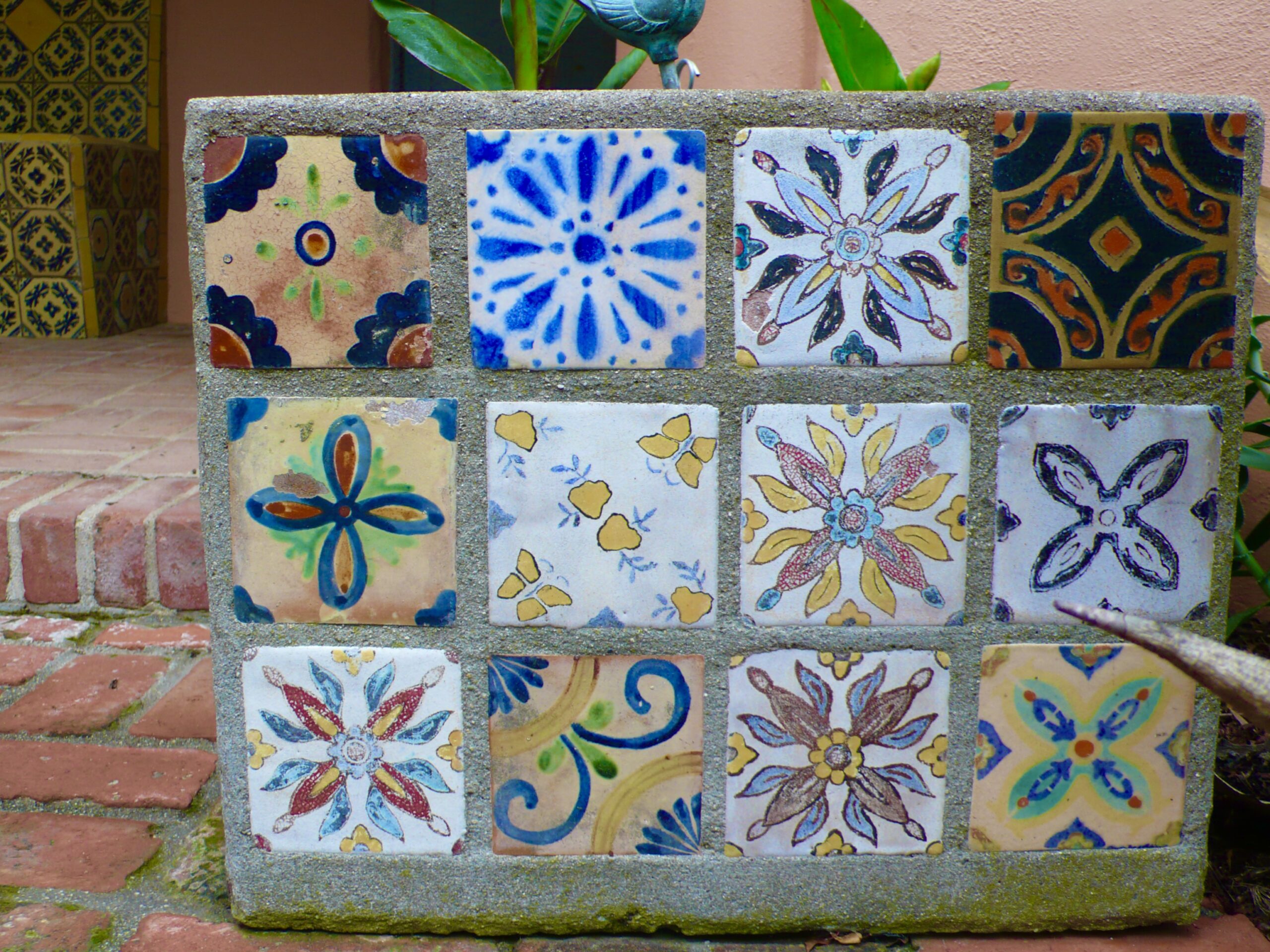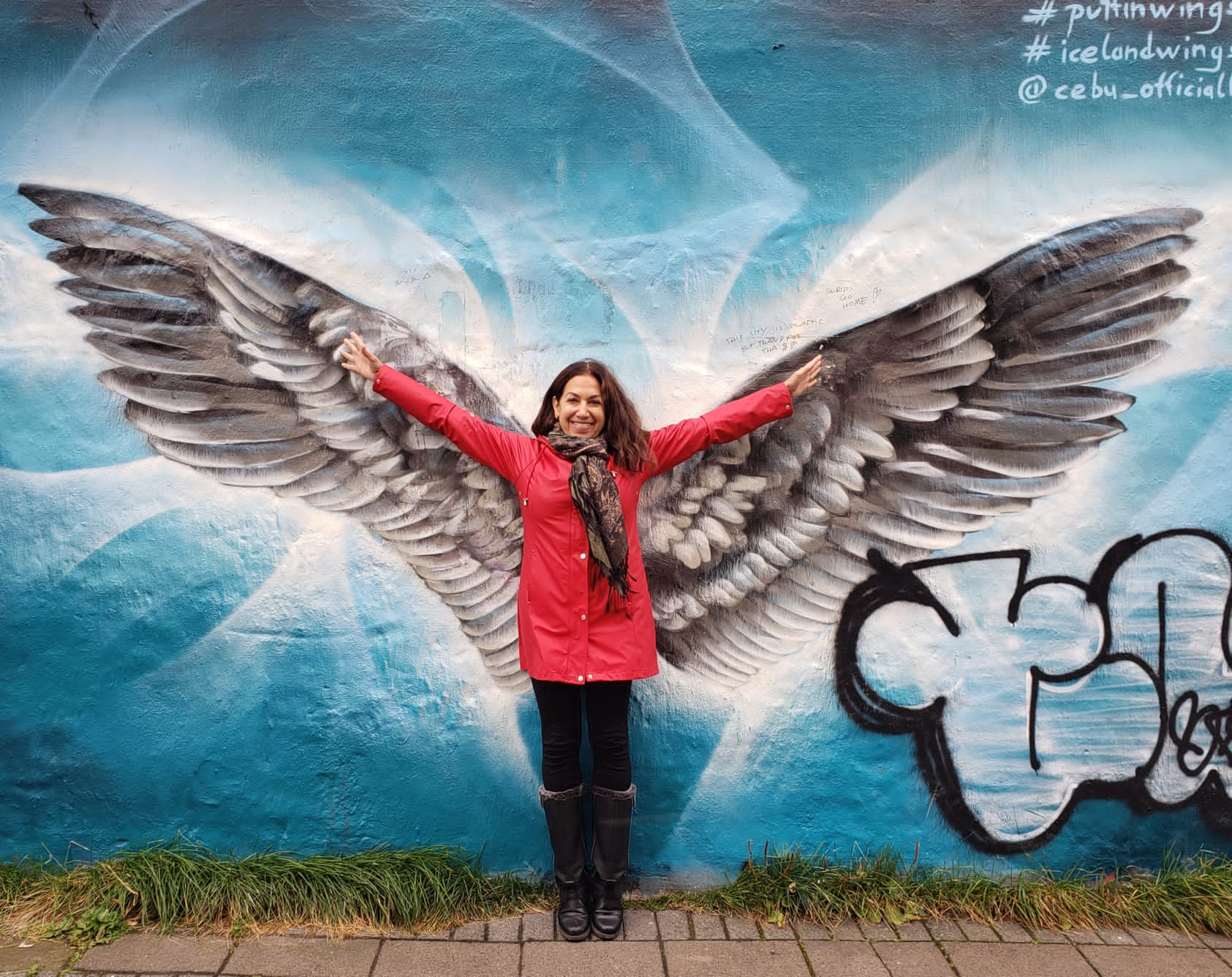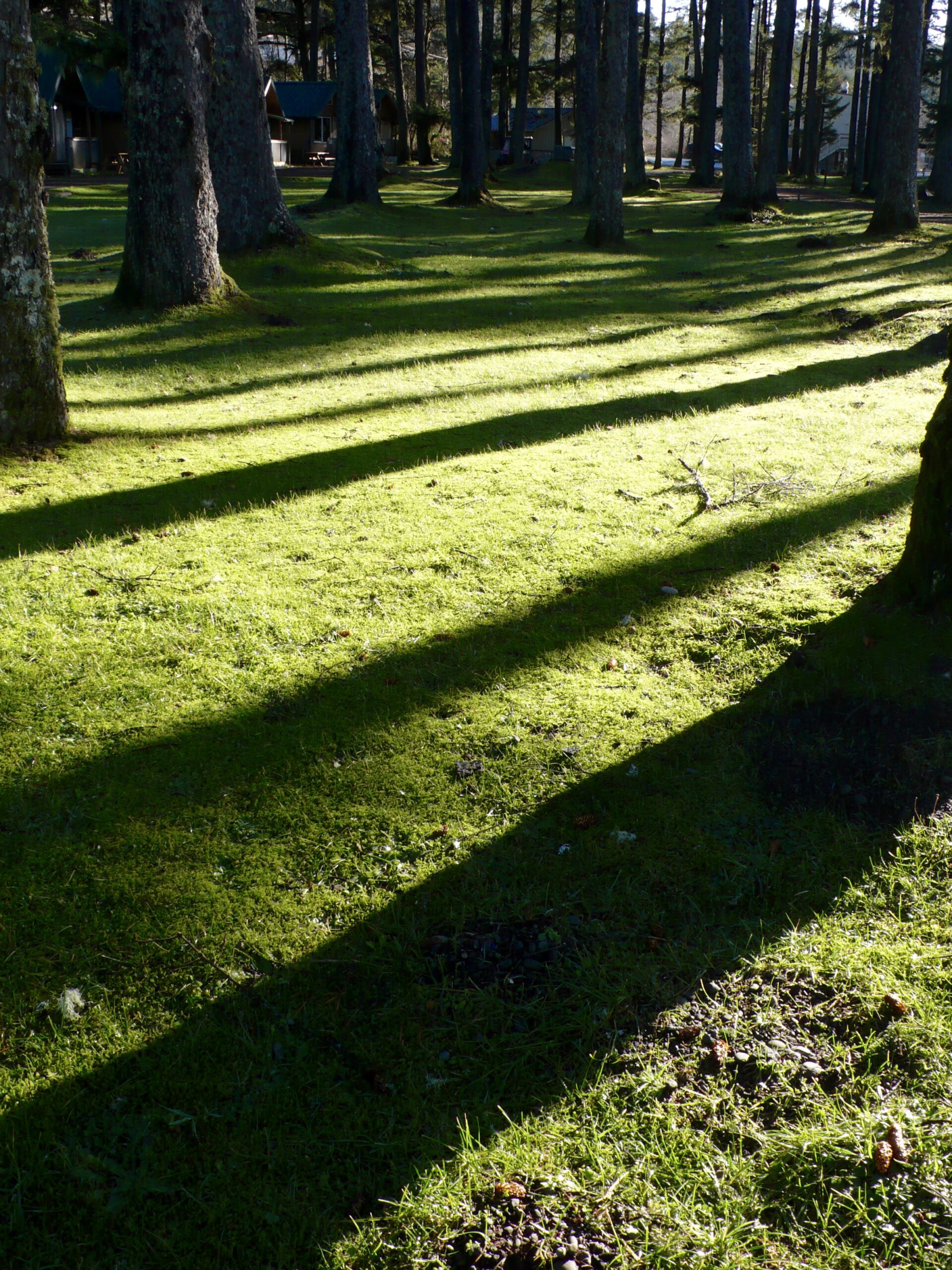The day started with yoga. Karin taught the class so we could all experience her lovely vinyasa flow style. It was a great class and we all felt energized afterward. Five minutes into the session, we were all sweating profusely. The electric power kept going off so it got really hot in the room. The warmth of India turns us all into Gumbies! We have an incredibly strong group of yogis in our group and I believe that the yoga helps us throughout the day with the stamina required to walk about town in the heat, in the crowd, dodging auto rickshaws, cows, dogs, cow dung , open street gutters, all the sounds assaulting the ears. I believe the yoga gives us the clarity we need throughout the day to be centered, to be open to everything we are seeing and learning about.
After yoga and breakfast, we went on a 4 hour walk through Rishikesh to visit some Hindu temples. Arvind is so great at explaining the complexities of Hinduism. It is great to be on this tour with him because he explains the symbolism behind the art and the designs around us. I have this insight into the culture that I was never able to get on my own ten years ago when I was here.
Fran’s question: “How many gods are there in Hinduism?”
Arvind: “There is One God and his/her name is Ishvara. You see, there is a story about 4 blind people who were asked to touch an elephant and then they had to describe the elephant. One touched the ear, another the leg, another the trunk and the other, the torso. When it came time to describe the elephant, all four blind people gave a different description of the elephant.”
And so it is with Ishvara! Ishvara has three main manifestations and those are Brahma (the supreme diety and the creator of life), Vishnu (the sustainer and nourisher of life), and Shiva (the destroyer). There are many other gods and goddesses but they are all facets of a whole.
Vishnu follower. You can tell because he has three lines that go vertical on his forehead. Vishnu preserves life, sustains and protects life. Vishnu (or Krishna or Rama) followers love people. The followers, like Vishnu himself, love music. His symbols are the ocean and the snake.
Shiva is highly venerated in Varanasi. His lines are always horizontal on his forehead. He is never shown with his wife, Parvati, mother of Ganesha. He is associated with the Shiva lingam, the phallus.His followers march to a different beat and like to do their own thing, live their own lives:
Another image of Shiva:
Hanuman is the monkey god. He is the symbol of strength. He is the son of Vayu, the god of the wind so he has a lot of power backing him up. He carries a mountain in his hand because he was searching for a medicinal antidote to a poison that was killing Rama. In Hanuman’s rush, he couldn’t recognize the exact medicinal herb so he grabbed the whole mountain and brought it back to Rama:
Ganesh is Shiva and Parvati’s son, the elephant boy god. He is adorable and very much loved by Hindus. Ganesha’s wish was to always remain a child so that he could always reap his mother’s gentle love and forever be by her side! See what I mean? This guy is adorable. As a result of his request, his touched mother gave him the gift of feminine divine energy (I can’t believe I don’t have a picture of Ganesh!):
Mansa devi. We went to her temple in Hardwar. When you pray to her, all your wishes come true. Arvind wished to be a Swami. Don wishes for world peace. I wish for a home, safety, and providing parents for all the beggar children on the streets. I imagine she is overwhelmed by our requests!:
Prasad in the form of flowers is what we offer to the gods and goddesses and especially to the Mother Ganga. These are sold all around the temple areas:
Cows are sacred in India. They roam the streets freely and people put food out for them. They rummage through garbage on the streets. In the Vedas, the entire world and its sustenance is seen through cows. All of the cow’s products are useful for humans: milk, butter, ghee, and dung. The dung is collected, sun dried and the dry cow chips used for fuel. It is taboo to eat beef in India.











